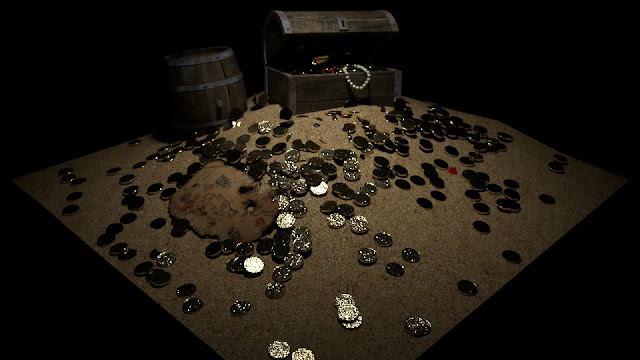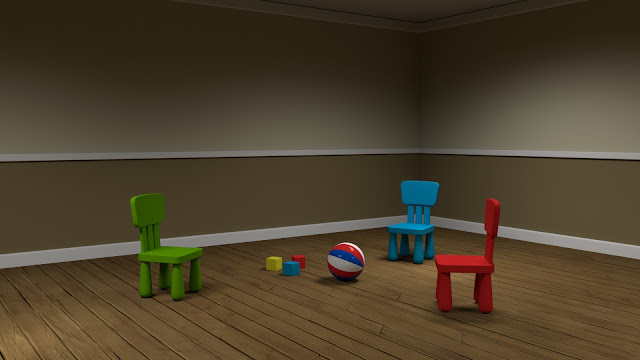Maya: Sub Surface Scattering (Part 1)

Final Render Iterations Decreased Height Increased Displacement Added Normal Added Specular Added Sub Scatter Added Diffuse Added Original Although I'm only halfway through this two part tutorial I already feel like I'm learning a lot about how to shade and apply texture onto faces to make them appear more realistic. I feel like this video will come more in handy fully if I try and do something more professional, but since I have been trying to finish the other lighting tutorials I'm already starting to get used to some of the words and techniques that are being used to refine up the image, especially around the hyper-shade and applying different textures onto the face and using an ambient occlusion node to make the image seem more realistic. I did have some trouble although applying the ambient occlusion node onto this figure because it wouldn't render properly with the texture over it.









